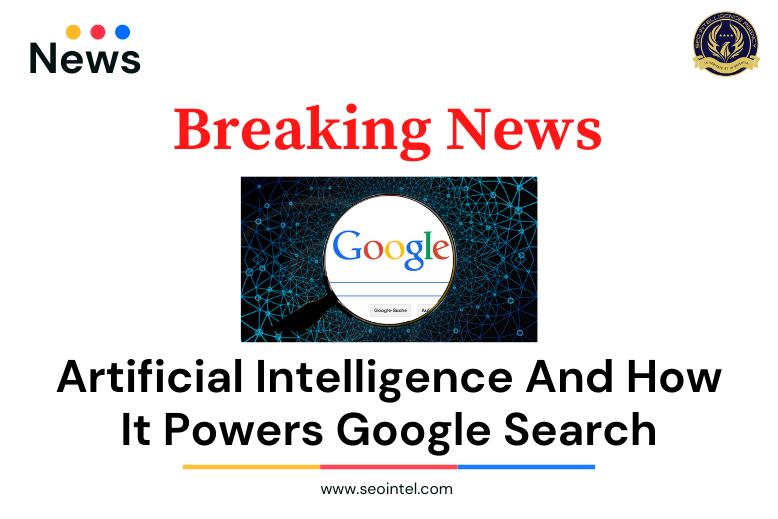
Google released a blog post that provides details on how Google uses artificial intelligence to power search results. If you have ever wondered how Google understands queries and generates the results, then this would provide you a deeper look on how AI technology understands the meaning behind a query, and what results to serve.
In the early days of search, before the introduction of AI and machine learning, the system simply looked at matching words from a query to available content on the internet. In instances when there are no matches found, for example due to misspellings or typo, you would have to redo the search with the correct spelling in order to get relevant results.
With the introduction of advanced machine learning, Google can now more intuitively recognize if a word might be a misspelling or typo and suggest a possible correction, sometimes even generate results for what it thinks is the right query being searched for.
Search and AI is constantly improving and is getting more and more better at understanding what people are looking for. As the world and people evolve, so does search.
Google has developed hundreds of algorithms through the years to be able to provide users relevant search results. Other people may think that once new AI systems are developed, the older systems are scrapped in favor of the new ones.
According to Google, this is not the case for them. The system – both old and new – play well together and both old and new, working hand in hand, enables them to improve their systems.
Search runs on hundreds of algorithms and machine learning models, each with a specialized role that trigger at different times and in distinct combinations, to be able to deliver relevant results.
There are 3 major AI systems running in Google search today – Rank Brain, Neural Matching, BERT.
In addition to the three is the MUM or Multitask Unified Model, which was introduced in May and is still in its early days.
Let’s take a closer look at the three major AIs powering the search.
Rank Brain was launched in 2015 and was the first deep learning system deployed in Search. Rank Brain is groundbreaking because aside from being the first AI system used by Google, it also helped understand how words in a search relate to real world concepts.
Neural Matching was introduced in 2018 and it helped better understand how queries relate to pages. It helped understand fuzzier representations of concepts in queries and pages, and then match them to one another.
Neural matching looks at an entire query or page rather than just the keywords, and then develops an understanding of underlying concepts represented in them. The level of understanding provided by neural matching enables search to understand broader concepts represented in a query or page and then better match them to one another.
BERT was launched in 2019 and was a big step to understanding natural language and how combinations of words expressed different meanings and intents. BERT comprehends how a combination of words expresses a complex idea, understands words in sequence and how they relate to each other. No matter how small a word is in a query, it is considered by BERT and this helps it understand what the searcher is looking for.
BERT plays a critical role in today’s search because the system excels at two of the most important tasks in delivering relevant results — ranking and retrieving. BERT can quickly rank documents for relevance.
Remember how I mentioned Google does not scrap old systems in favor of new ones and how they work hand in hand? Old systems have been improved with BERT training, and are more helpful in retrieving relevant documents.
In May, MUM or Multitask Unified Model was introduced, which is said to be a thousand times more powerful than BERT and is capable of both understanding and generating language.
It is trained in 75 languages and many different tasks at once, which allows it to develop a more comprehensive understanding of information and world knowledge across multiple modalities such as text, images, and a lot more in the future.
MUM is still in the early stages and is not yet used to help in ranking and improving the quality of search results like the other 3 major systems.
All these systems – the three major ones – Rank Brain, Neural matching, BERT – and a lot more systems behind the scenes, work together in order to provide high quality and relevant results in search.
With the eventual introduction of MUM to search, we wonder how much more effective search could be, and what results and features it could come up with.
How will the application of MUM to search change how search results are served? How will it change the world of SEO?
We can only wait, see, and continuously adapt, same as how the world evolves, and how search evolves with it.
Read more about how AI powers search here.